Tamron 46A 70-210 mm f/3.8-4
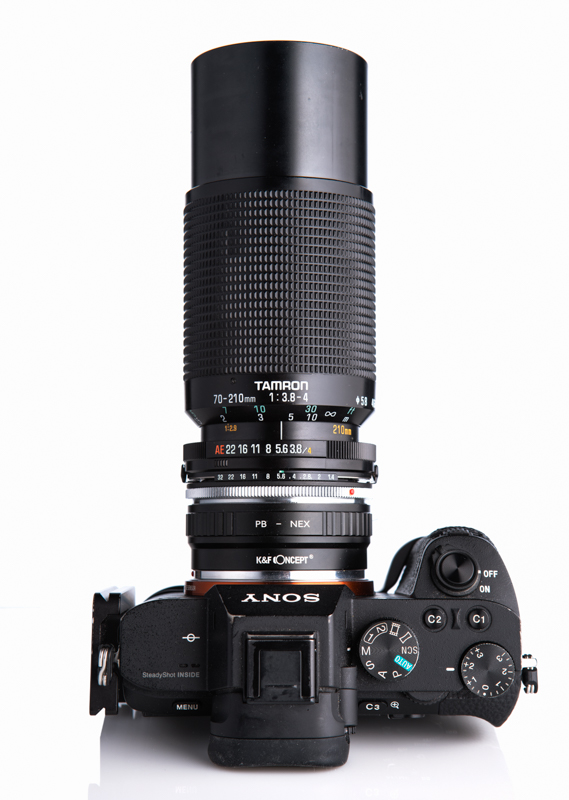
The Tamron 46A 70-210 mm f/3.8-4 was the final version of their affordable tele zoom lenses line.The handy zoom range is combined with a minimum focus distance of 90 cm which results in a max magnification of 1:2.9.
How does this cheap zoom perform in the modern age? Read on to find out!
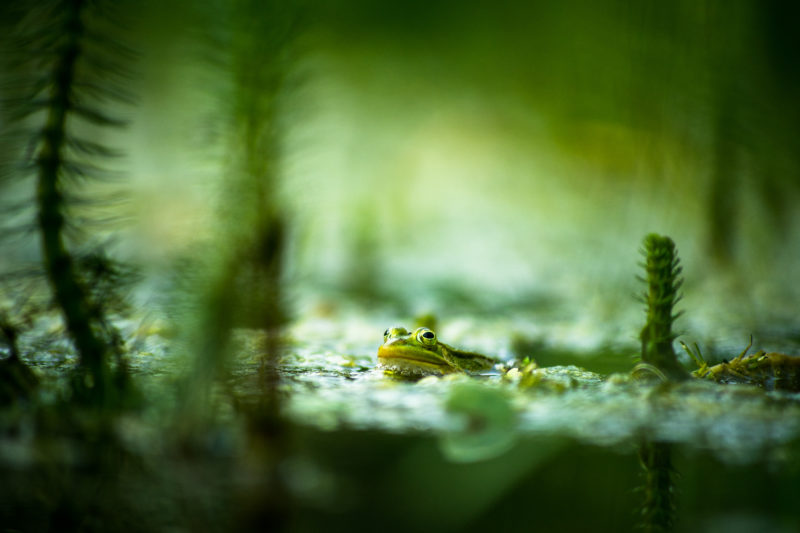
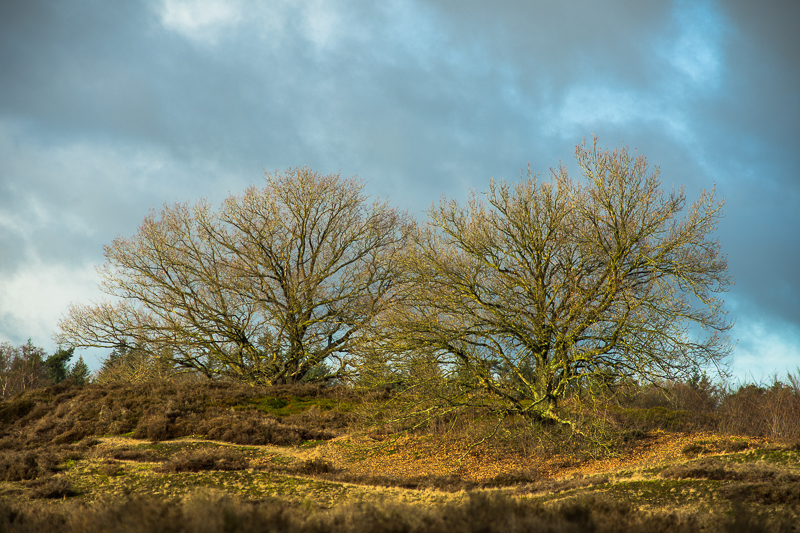
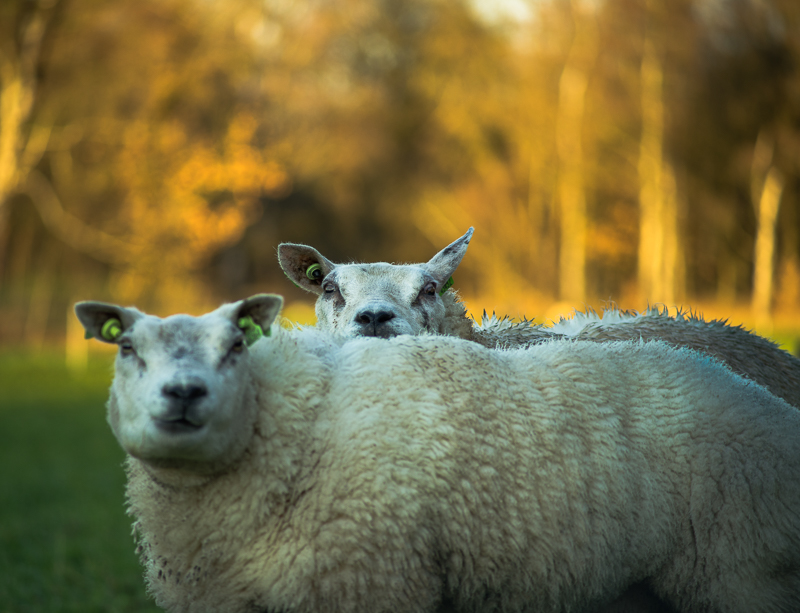
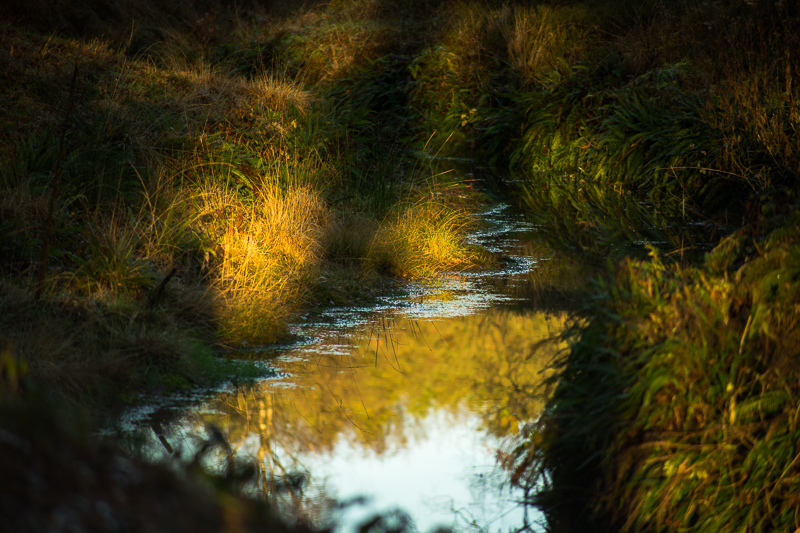
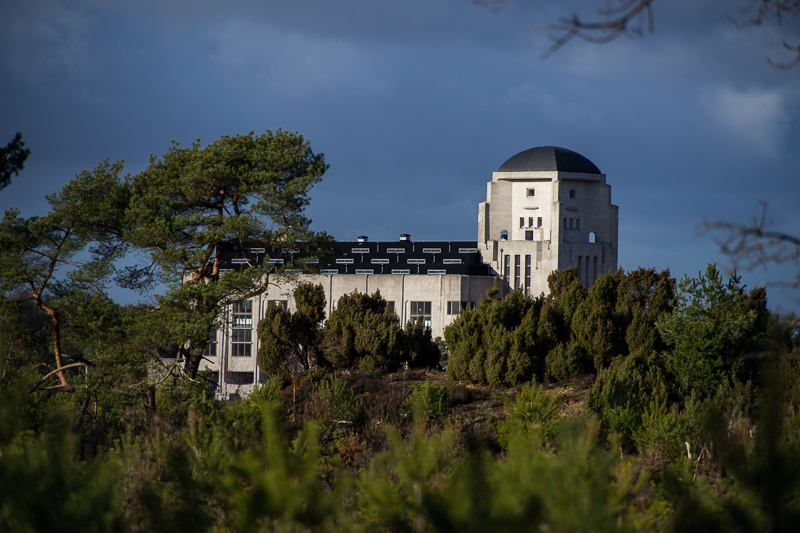
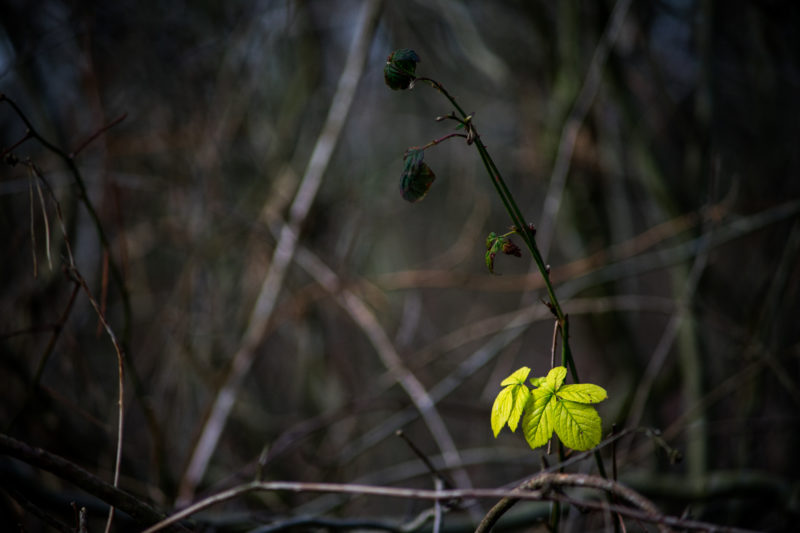
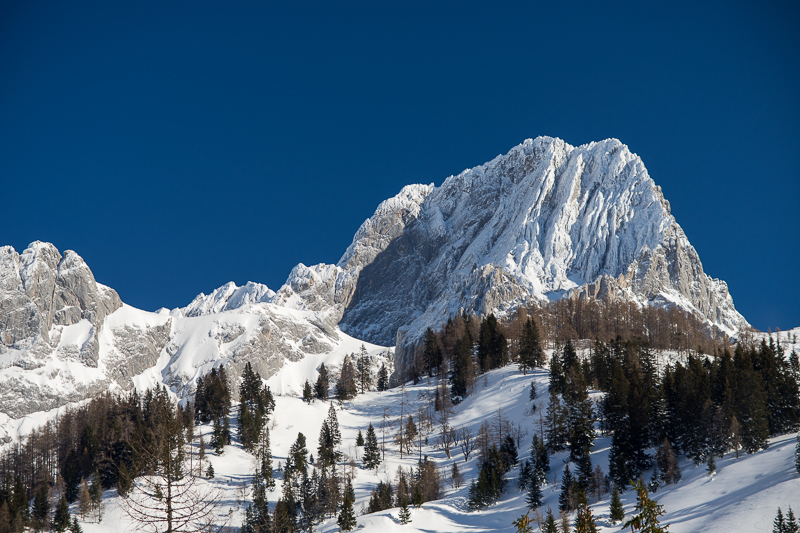
Specifications
| Diameter | 66 mm |
| Length | 139.4 mm (focused at infinity) |
| Filter Thread | 58 mm (metal) |
| Weight | 580 g (without adapt2all mount) |
| Max. Magnification | 1:2.9 |
| Close focusing distance | 0.9 m |
| Number of aperture blades | 9 (slightly rounded) |
| Elements/Groups | 12/9 |
Versions and history
The Tamron 46A 70-210 mm f/3.8-4 was the final version of their affordable tele zoom lenses line, the previous models were the 80-210 mm 03A and 80-210 mm 103A. The 46A was produced between 1986 and 1988. It was part of the adaptall-2 series which means the lens mount is basically an adapter that could be changed if one switched to another system.
These Tamron zooms had the reputation to be pretty good, especially taking their low price in account.
More information can be found here and here.
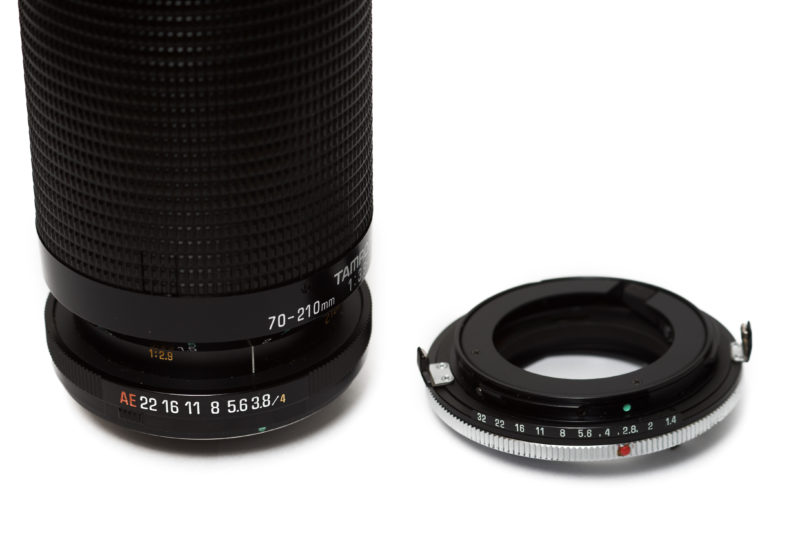
Build quality and handeling
It seems Tamron made some concessions in the material department to keep the costs down. Quite some plastic was used in the Tamron 70-210 mm 46A.
The lens barrel is made from metal, the aperture and focus/zoom rings are made from plastics. The focus ring has a plastic knurled diamond pattern, the focus ring on my sample has a tiny bit of play.
Markings on the lens barrel and aperture ring are engraved, the markings on the focus ring are only printed. Unfortunately depth of field markings are absent on this lens.
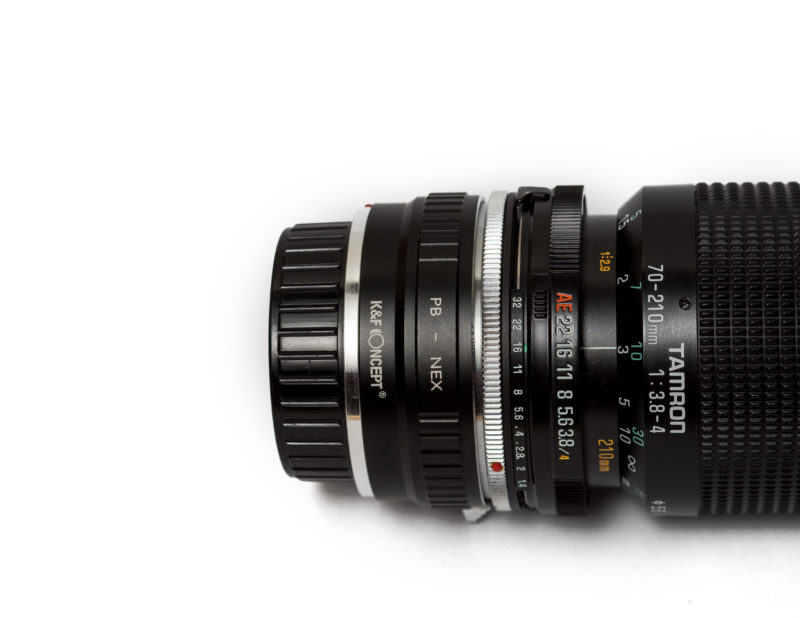
The Tamron 70-210 mm 46A is a push and pull zoom, the focus and zoom ring are the same ring. By turning the ring one can focus, zooming can be done by push or pulling along the lens barrel. I personally don’t like this design much, focusing precise can be a challenge. Also zoom creep can be a problem you need to be aware of if you are using the lens under an angle. Unfortunately the front ring turns when focusing which makes the use of a CPL filter not very straightforward.
Because of the plastic focus ring and the small amount of play the lens feels a bit cheap. Nevertheless resistance is actually nice. The aperture ring feels good too.
The Tamron 46A is very cheap and can be had for ~25€/$.
If you decide to buy the lens, please consider to do this via our affiliate* links. We will earn a small commission to keep the blog running, and it doesn’t cost you anything extra 🙂
Ebay.com* | Ebay.de*
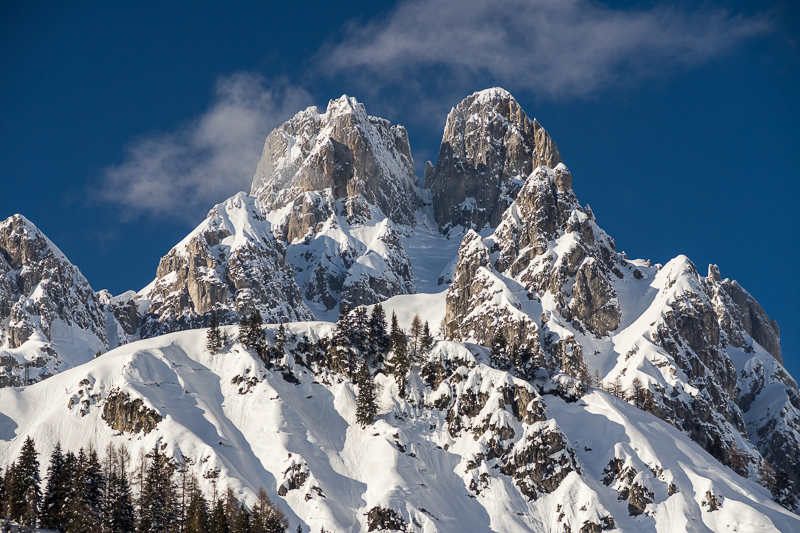
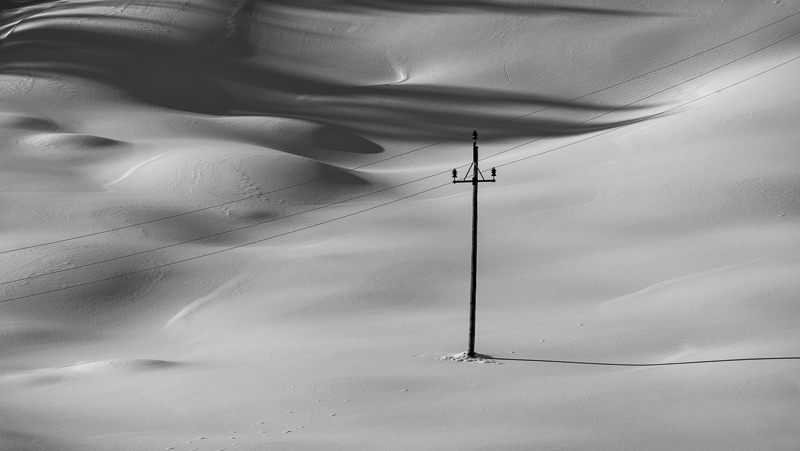
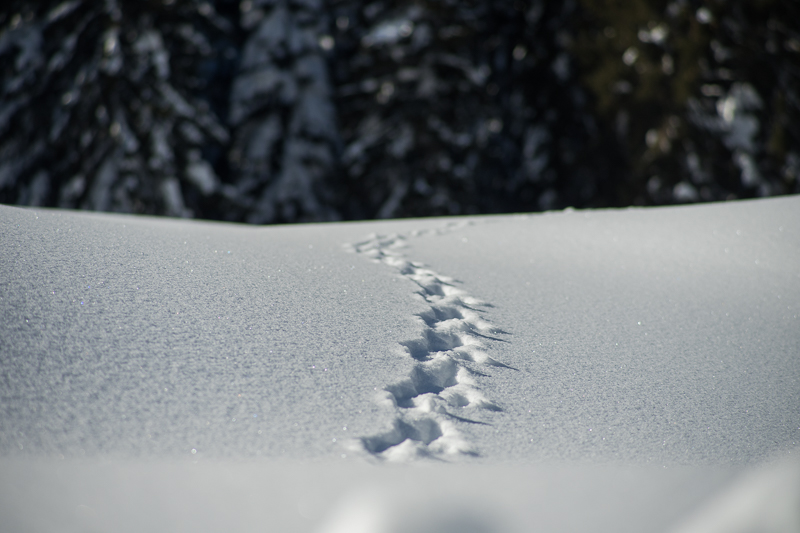
Sharpness and contrast
Infinity
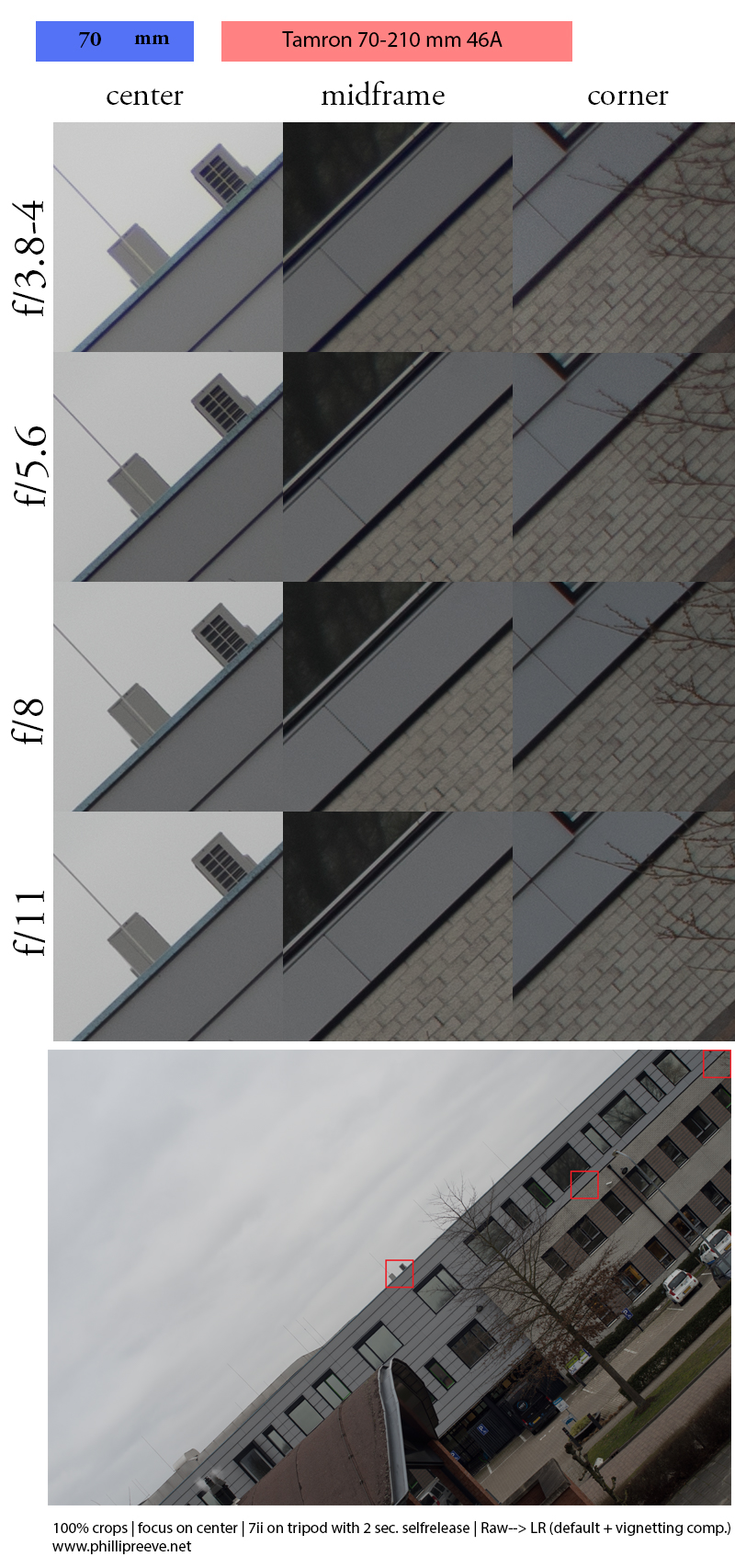
At 70 mm the Tamron 70-210 mm 46A performs good.
The center already looks pretty good from wide open, as are the corners. The midframe stays a bit behind due to field curvature. Stopping down to f/5.6 improves sharpness a bit, especially in the midframe. Performance peaks at f/8, at f/11 diffraction is clearly visible. At 70 mm the lens is certainly usable wide open.
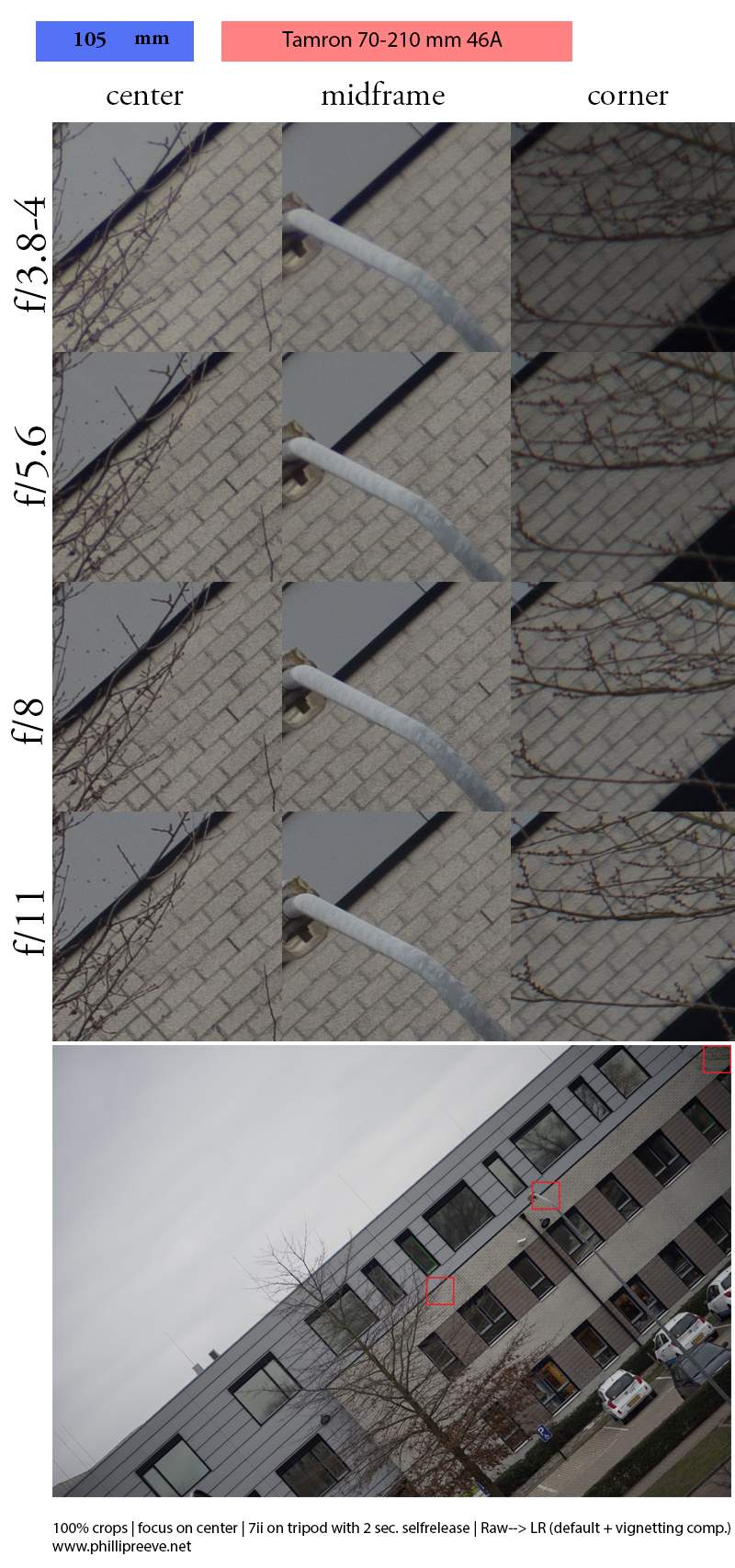
At 105 mm things still look good. Wide open the center is good, midframe and corners are OK. At f/5.6 the center is excellent, midframe is good and the corners are OK to good. Contrast improves.
At f/8 midframe is excellent and corners gain a bit and are good now, diffraction kicks in at f/11.
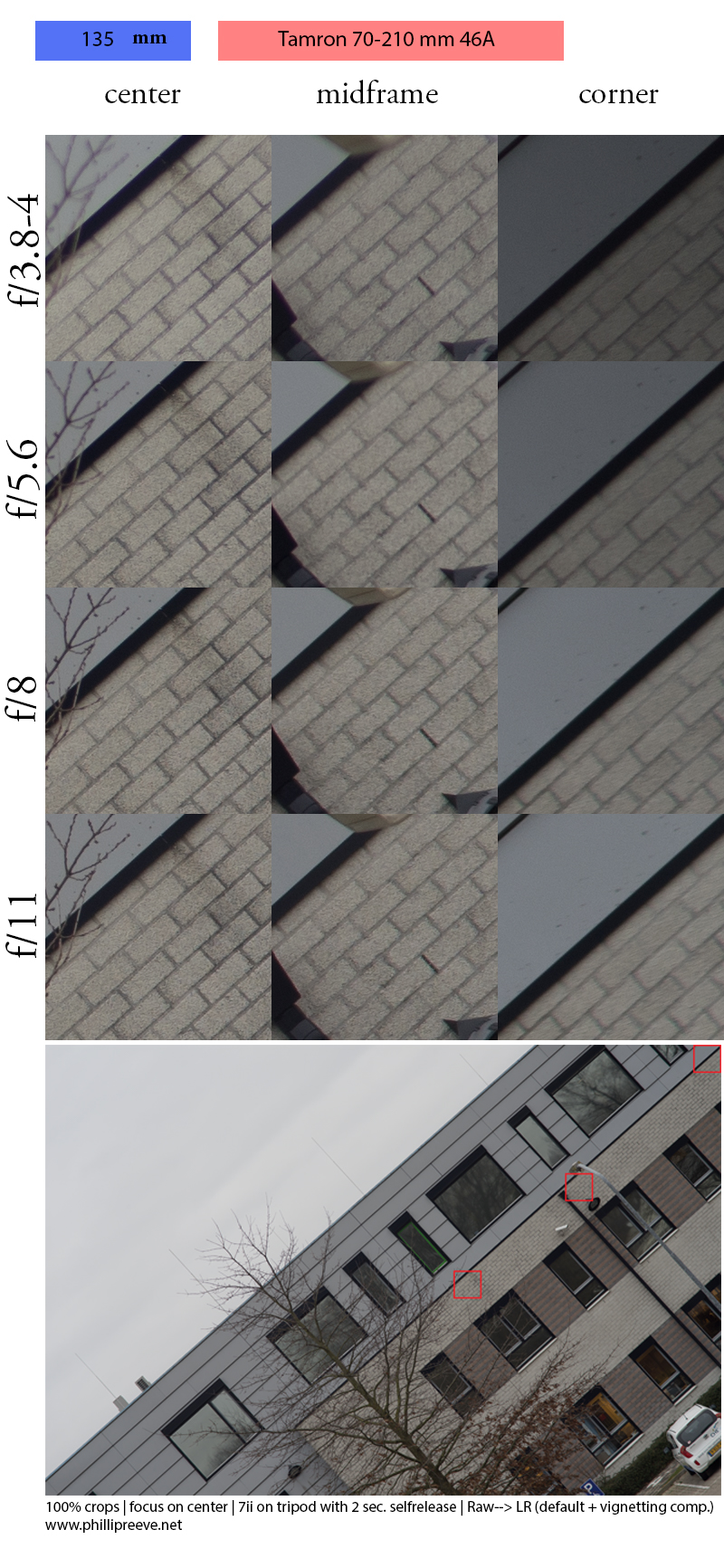
At 135 mm things look a bit less good. Sharpness in the center and midframe are still comparable with what we see @105mm, but the corners stay behind and never get very good. At f/5.6 midframe sharpness seems to be a bit worse than at f/4, this is probably caused by focus shift in combination with field curvature. The midframe is focused slightly past infinity here, a shorter adapter would fix this.
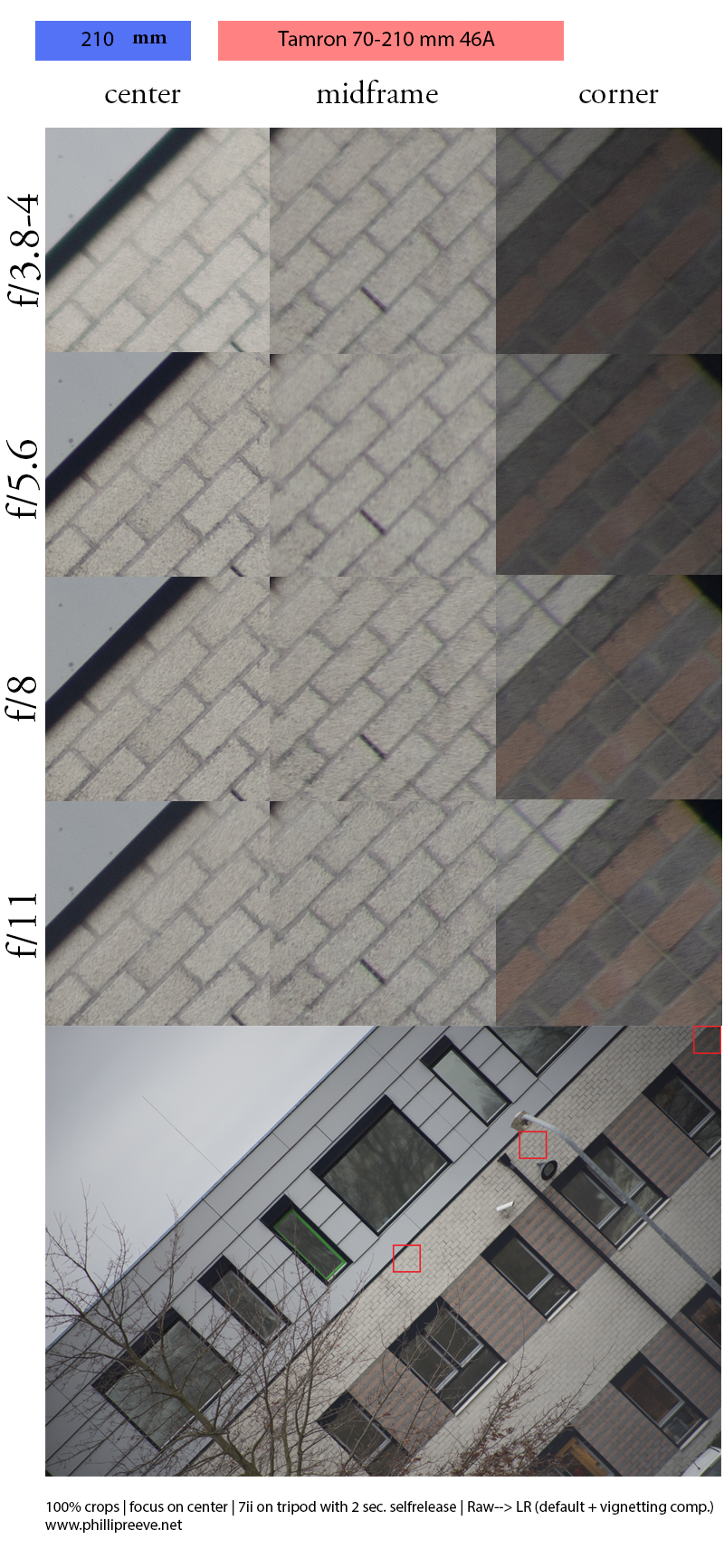
At 200 mm performance takes a hit. Wide open contrast is very low and some glow can be seen. The center improves a lot after stopping down to f/5.6 and looks very good. The midframe is a little less sharp due to the focus shift and field curvature as described in the 135 mm section above. At f/8 midframe and corners improve a bit and are usable. Midframe and corners peak at f/11 but the center is a lot softer. I would recommend to use f/8 for the most balanced performance at 210mm.
Close-up and Portrait
Wide open at MFD the image is a bit soft at 210mm but usually good enough for web size. However a bit away from MFD, even at 210mm things look good. When focused for, you can get very good sharpness at every position in the frame at closer distances. At those distances bokeh is really good as well so for close ups of flowers and stuff the Tamron is a good tool.
At typical distances for a half body portrait or a head shot the Tamron 46A is very sharp, even wide open. However at full body portrait distance sharpness is lacking a bit wide open. Also hand held focusing at longer distances is a pain, even with IBIS on my a7II.
I have the feeling the Tamron 46A 70-210 mm wasn’t optimized for infinity but for typical portrait distances and close ups. Nevertheless the lens can deliver at infinity as well, especially until 135 mm.
Vignetting
| 70mm | |
| f/3,8-4 | 1,75 EV |
| f/5,6 | 0,8 EV |
| f/8 | 0,3 EV |
| 105mm | |
| f/3,8-4 | 1,2 EV |
| f/5,6 | 0,4 EV |
| f/8 | 0,1 EV |
| 210mm | |
| f/3,8-4 | 2 EV |
| f/5,6 | 1 EV |
| f/8 | 0,4 EV |
Vignetting is not much of a problem, at the short and long end vignetting is most pronounced. At f/5.6 at the long and short end vignetting will only be visible in very few situations. At f/8 vignetting is negligible.
Chromatic aberrations
Lateral CA is corrected quite well at the short end, however at the long end LaCA is correction isn’t good and LaCA can be visible.
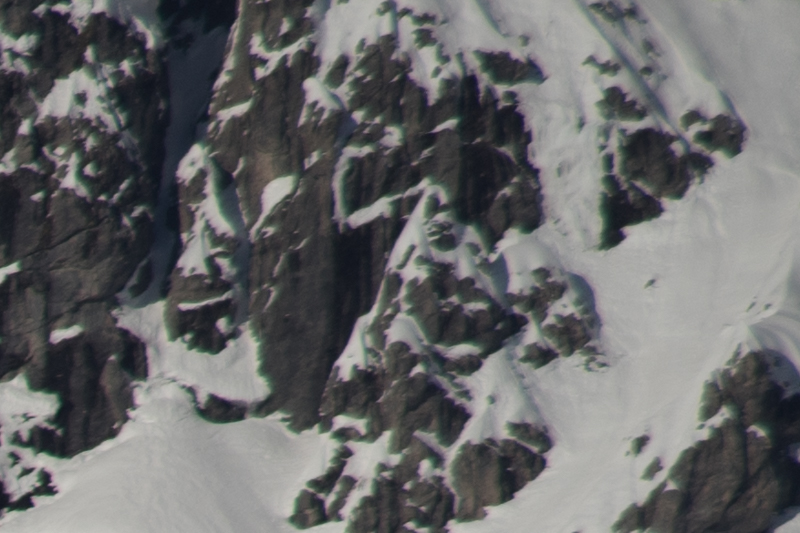
Bokeh
Bokeh is a mixed bag. Bokeh balls show only a little outlining and union rings are no problem. Mechanical vignetting is very obvious though, cats eye effect is clearly visible and bokeh is swirley.
To give you an idea how bokeh looks like in practice I have made some series at different focal lengths and focusing distances
70 mm
105 mm
135 mm
210 mm
I also made a comparison with the Canon nFD 135mm f/3.5, a tele lens of comparable speed with very nice bokeh (in my opinion).
Canon left, Tamron right.
Focused at 2 meters
Focused at 3 meters
Focused at 5 meters
Focused at 10 meters




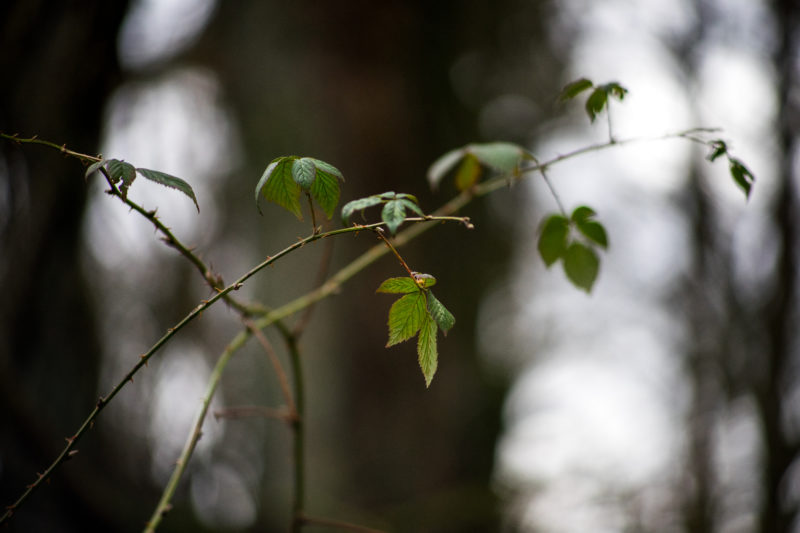
Flare resistance
Flare resistance is pretty bad. Veiling flare with the sun just outside the frame can be problematic though shading with your hand works often.
With the sun in the frame ghosting is a problem as is veiling flare. In you like to include the sun into the frame this lens is not for you.

With the sun just outside the frame there is veiling flare too but shading with your hand will help here.
Street lamps at night or during blue hour will also cause severe flare which makes the lens close to useless for shooting in such circumstances.
Coma
Coma correction seems to be good, however this doesn’t matter much as flare resistance is very bad and you will get flares from city lights anyway.
Sunstars
You need to stop down to f/11 to get weakly defined 18 rays sunstars. I don’t like them too much, and you can’t have them without flares.
Distortion
The Tamron 46A 70-210 mm has significant distortion and therefore I would not recommend it if you plant to shoot architecture often.
Alternatives
CANON EF 70-200M 4.0L USM
A better performer with much better handling, AF, but much more expensive, a bit heavier and worse MFD.
NIKON 75-150MM 3.5 SERIES E
Handling seems to be even worse, but it is significantly lighter. In terms of sharpness it seems to be worse and it has a worse MFD.
SONY FE 4/70-200 G OSS
The native option with AF, much better handling and performance, but also heavier and much more expensive.
CONTAX ZEISS VARIO-SONNAR T* 4.5-5.6/100-300
A stellar performer, but hard to get in good condition and much more expensive.
Conclusion
| Good | Average | Bad |
| · MFD
· Sharpness at close distances · Bokeh at close distance · Sharpness at short end |
· Bokeh at medium distance
· Handling (push/pull) |
· Weight/size
· CA correction · Sharpness at long end · Flare resistance |
The Tamron 46A 70-210 mm f/3.8-4 is not a very good lens in absolute terms, sharpness, CA correction, handling, distortion and especially flare resistance could be better. However the MFD of just 90 cm and the typical bokeh rendering are helpful for getting pictures with a very distinctive look.
If you are looking for a landscape lens look further. Due to it’s bad flare resistance and mediocre sharpness at the long end you often run into trouble.
However if you like to take portraits and closeups of flowers, reptiles and amphibians this lens is a very interesting option. I often get pleasing results when using it for these purposes and it is easier to work around its flaws in such settings.
After 9 months you can still find it in my bag every now and then. If I want to combine portraiture and frog photography in one walk this is the lens on my camera. Most samples can be found in full resolution in this Flickr album.
If you decide to buy the lens, please consider to do this via our affiliate* links. We will earn a small commission to keep the blog running, and it doesn’t cost you anything extra 🙂
Ebay.com* | Ebay.de*

Tamron 46A 70-210 mm | 210 mm f/4
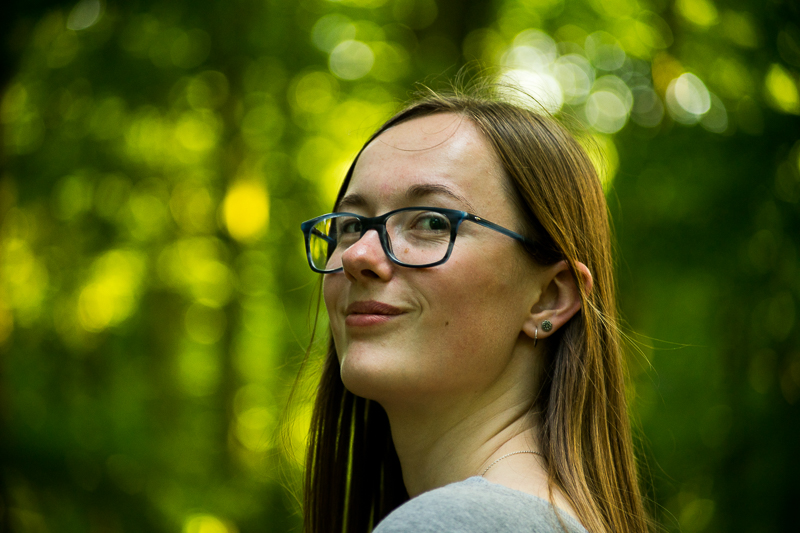
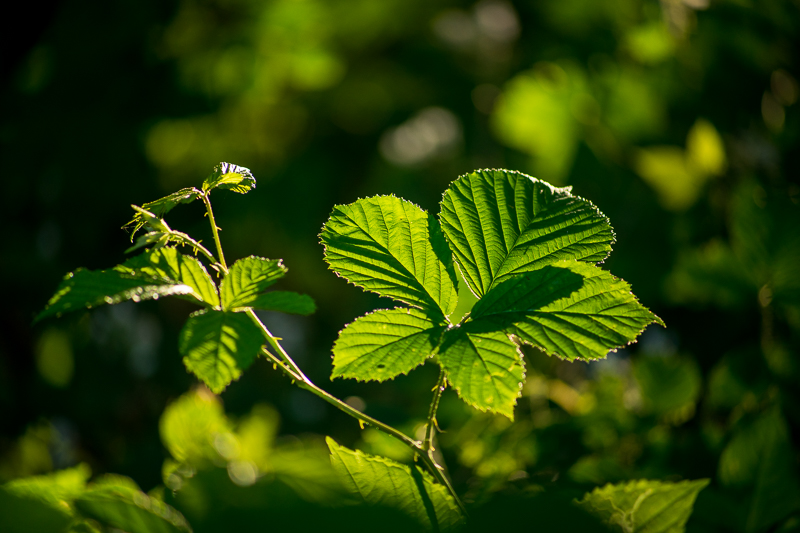
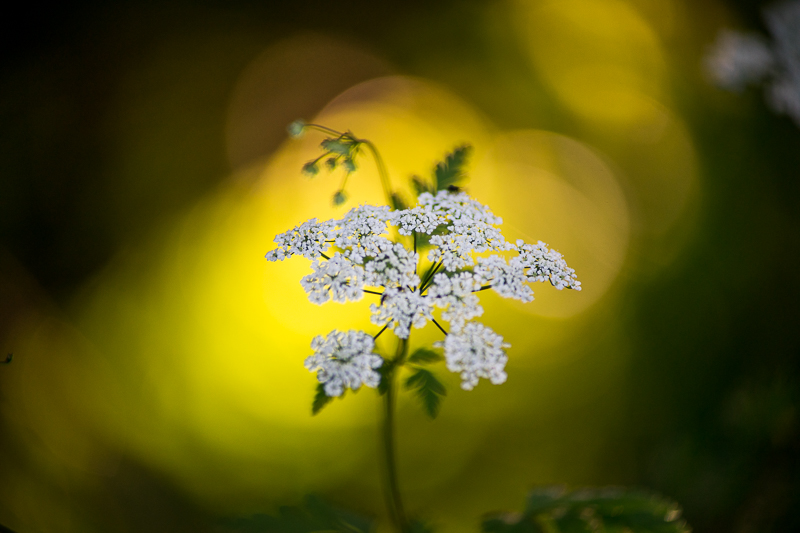
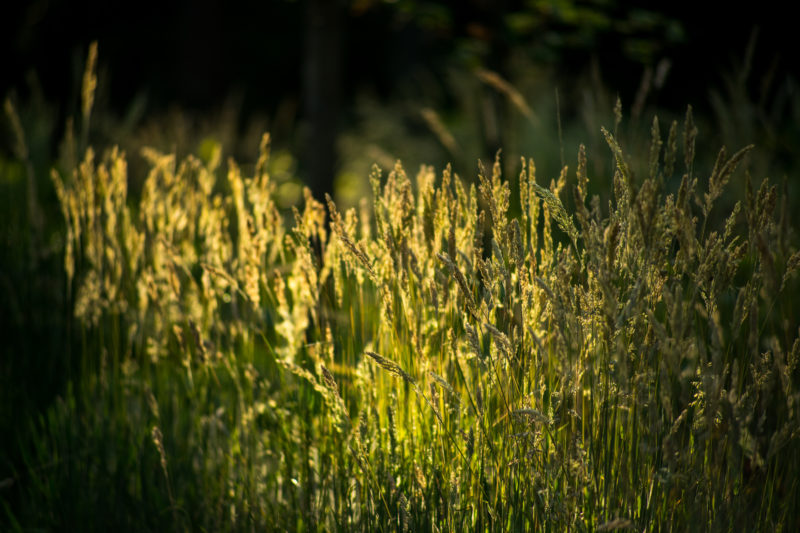
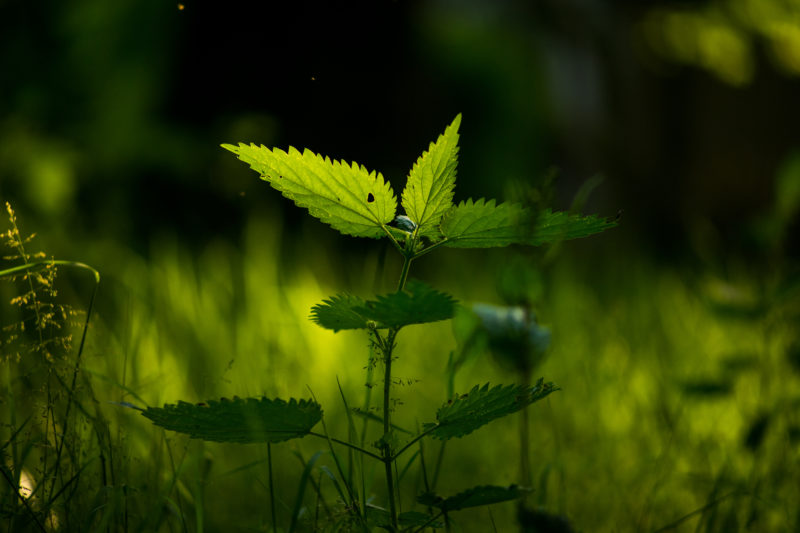
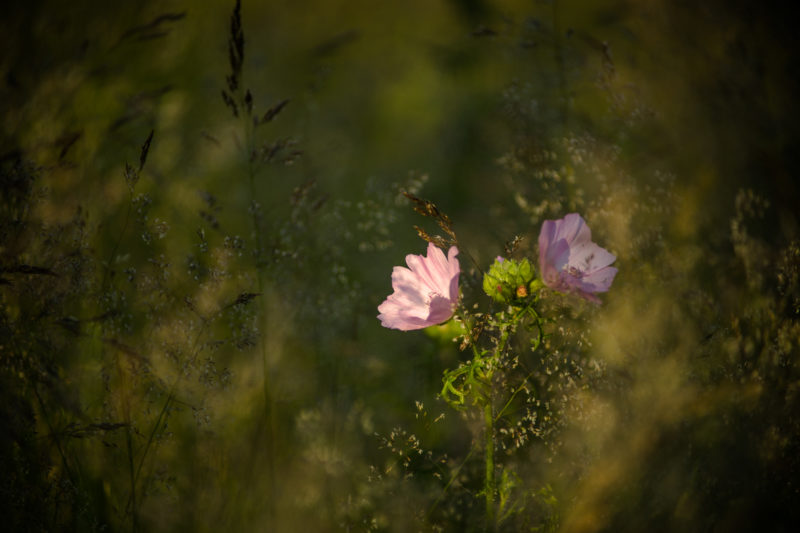
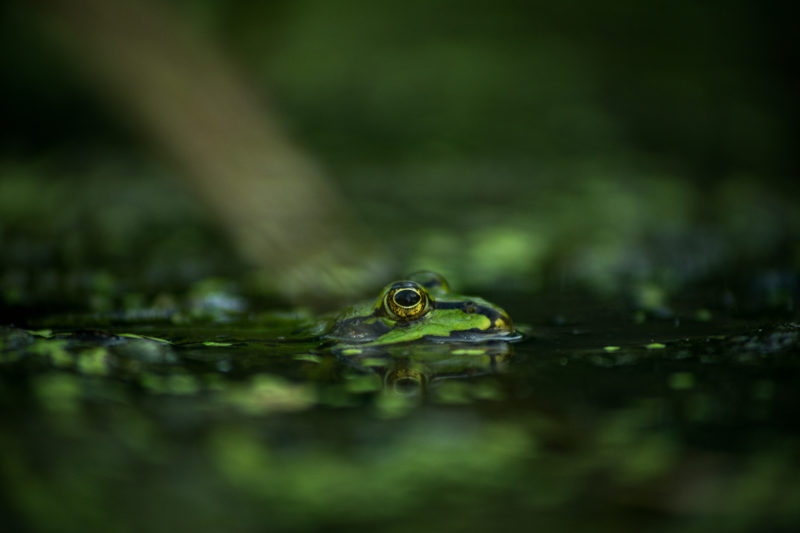
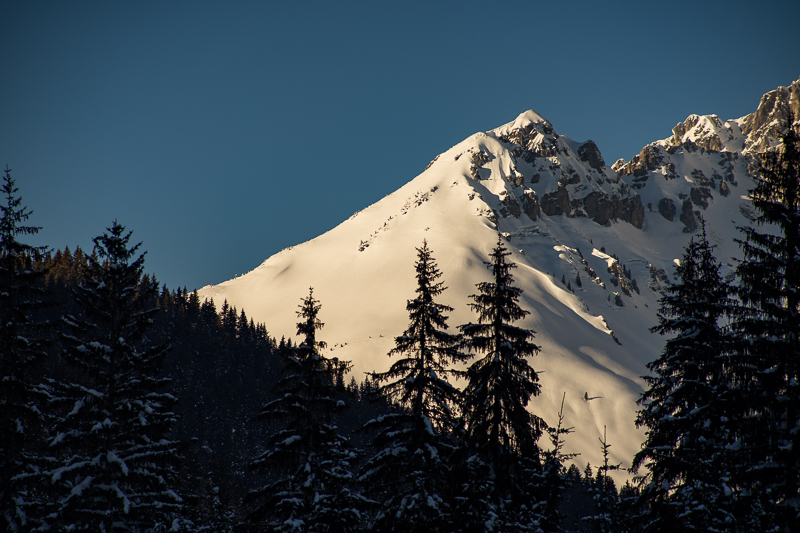
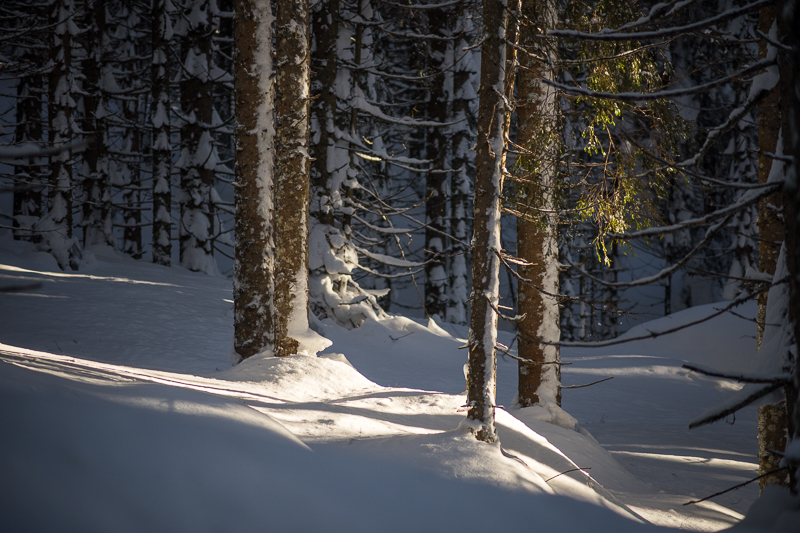
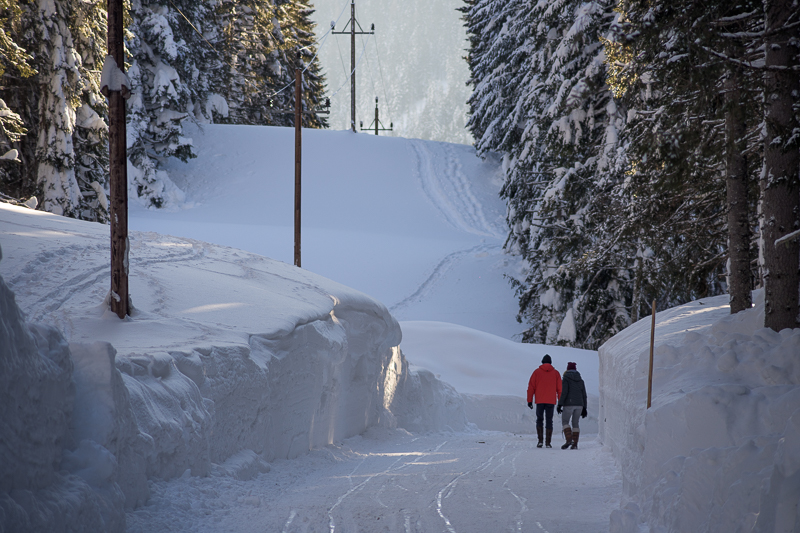
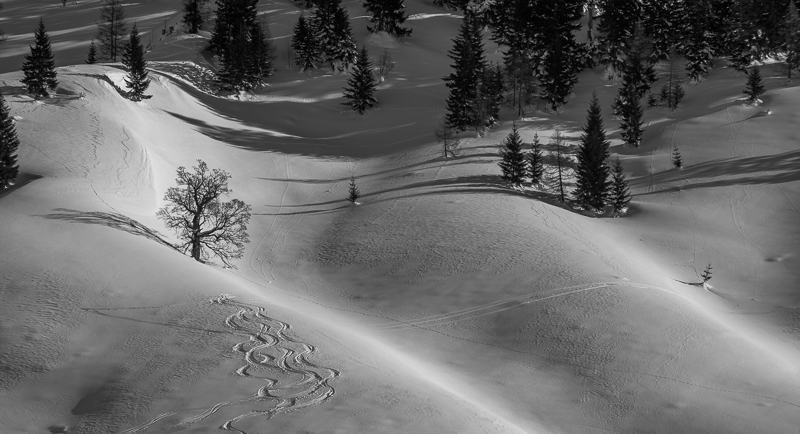
Further reading
A $400 LENS KIT FOR YOUR SONY A7 SERIES CAMERA
AFFORDABLE MANUAL LENSES FOR THE SONY ALPHA 7,7R,7II,7RII AND 7S
THE BEST LENSES BELOW $499 FOR THE SONY A7 SERIES V1.1
REVIEW: MINOLTA AUTO ROKKOR-PF 55 MM F/2
This site contains affiliate links. If you make a purchase using any of the links marked as affiliate links, I may receive a small commission at no additional cost to you. This helps support the creation of future content.
JuriaanM
Latest posts by JuriaanM (see all)
- Review: Sigma 85mm f/1.4 DG DN Art - January 8, 2022
- A beginners guide to landscape astro photography - March 11, 2021
- Canon newFD 50mm f/1.8: A review - January 4, 2021






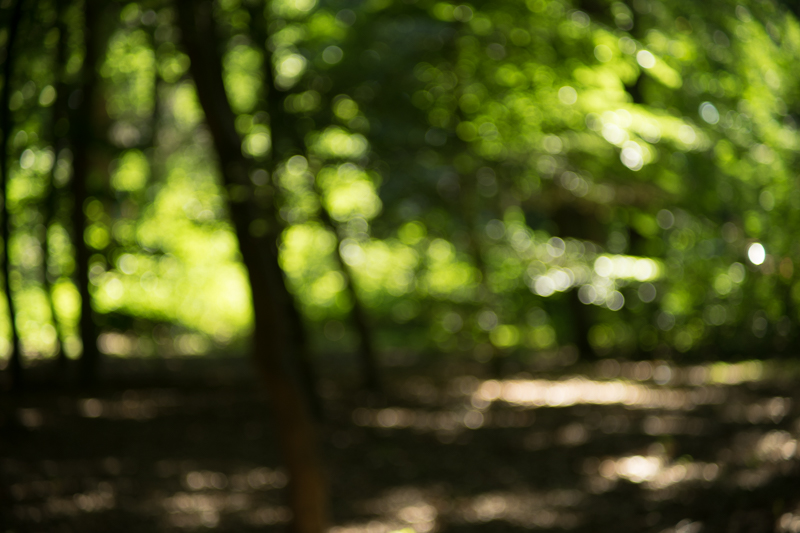
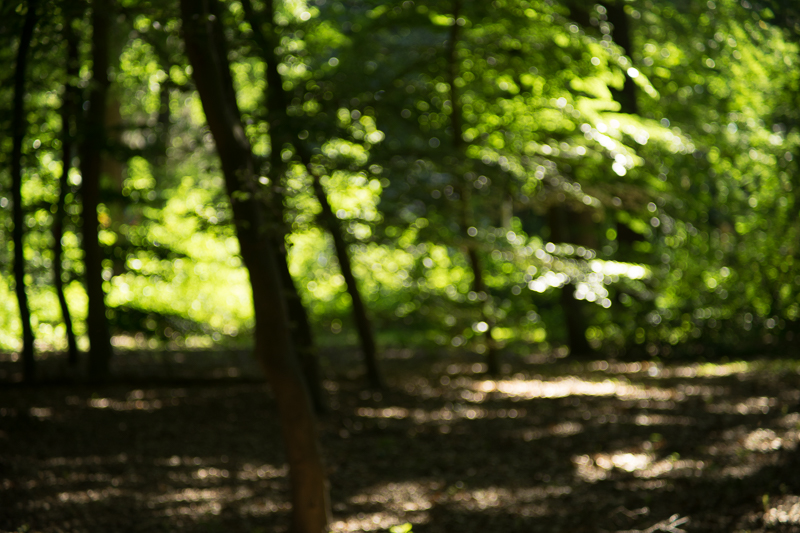









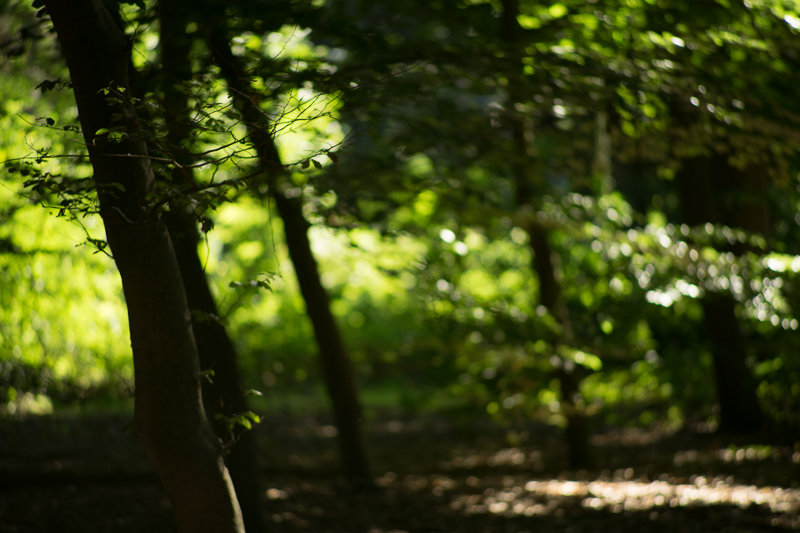






Nice reading, thanks!
Any idea how would it compare to famous Minolta AF 70-210mm F/4 “Beercan” ?
The latter can be bought for around 80 – 100 € and offers (supposedly) precise autofocus with a LA-EA4.
I haven’t used the Minolta myself so I can’t comment on it. However it is almost 4x as expensive and the adapter isn’t cheap either. AF is a nice plus though!
I had a Minolta MD 70-210 f4 (same optics as the beercan as far as I know). It was quite sharp (even wide open at the long end) but it, too showed pronounced lateral CAs. But judging by my experience and the pictures above I’d say it should perform better than the 46a.
I’d also say my old Tamron SP 60-300 23a was better than the Minolta – but the SP lens lineup was the premium line targeted at the big players.
It’s a shame that Minoltas best MD tele, the MD 75-150 f4, didn’t make it into the AF era…
I’d recommend to take a look at the Minolta AF 100-300 APO – it’s a sleeper IMHO. Can be had in the same ballpark as the beercan but it’s optically a little better, a lot lighter, more compact and it’s an APO lens to boot.
As I have no other A mount lenses (and no adapter) yet, there is a only little change I will test one. Budget is an important constraint for me so I can’t afford to buy lenses just for testing 😉
But those Minolta lenses are certainly a good option in case one has an AF adapter already!
If you need a Minolta 70-210 f4 for a review, I’ll send you mine anytime.
If you ever come across the 19AH for cheap, it’s my favorite of all the old Tamron zooms. Here is a sample https://i.imgur.com/KMwou2D.jpg and one at infinity https://i.imgur.com/FGo9fla.jpg
I don’t have a telephoto zoom lens for my A7iii, and of course would love the Sony 70-200 F4. However, I also don’t have the budget (just bought the 16-35 F4). Would this be a good lens to tide me over for a year while I regenerate the funds? It’s SO CHEAP!
For the money you hardly can go wrong. However if landscape photography is what you are using it for I would look further. If your Tele option doesn’t necessarily has to be a zoom than have a look at the Canon newFD 135/3.5. Much smaller, sharper and better build 🙂
Awesome! I just bought one for $18 USD…can’t go wrong for sure.
Where is a good place to find the adaptall2 for Sony e mount? That seems a bit harder to come by. And is that essentially just a “dumb? Adapter?
Yes, it’s just a dumb adapter (tamron-nex). Ordered a K&F one from amazon.de but they’re also available from sites like aliexpress.com.
Thanks! So a knock-off fotodiox adapter would work fine too, right?
Yes that should work!
Funny, just the day before yesterday I ordered a Tamron 80-210 103A to tide me over until I can afford a better tele for my A6400.
For my A7 I had a Tamron SP 60-300 23a which was an excellent lens (with very useful macro mode), albeit too heavy for my taste. It can be found in the 50 € region.
I am also using a Tamron sp 60-300mm on my A7R3. It performs really great at range 60-200mm, but after 200mm seems lose sharpness quite a bit. Normally I use it for landscape at 85mm, 135mm, and 200mm. The Marco mode also seems usable, although the lock to Marco mode is kind hard to turn on my copy of lens. Would be interesting to see a review of it in the future 🙂
Have fun with it 🙂
„… combine portraiture and frog photography in one walk …“ Haha, that is very special. Didn’t even know that frog photography is a thing. Have fun!
We have a few little ponds with a lot of frogs in the neighborhood, so here frog photography is something one can do.
The minolta 70-210 f4 beer can is a very good lens if you already have the af adapter. Otherwise of course it’s a much more expensive choice.
Some really wonderful photos! That 210mm bokeh look is nice.
You’ve certainly brought the lens places. And waited for the right light. Speaking of tele and Tamron adaptall, have you had any experience with the 54B (300 5,6 tele macro)?
I own a Sp 5.6/300: It has quite a lot of CA and sharpness is only average but build quality is great and it works ok.
Thanks for the feedback.
I think, there’s a error in formatting of this review. It doesn’t have “cut”, and therefore the entire review is displayed on “Blog” page, not just the teaser part.
Fixed, thanks.
I just got a used copy of this lens! I’m very new to vintage lenses, and had a question.
What kind of haze should one expect to see in lenses that are 30 years old? Mine has mild hazing, so I’m not sure if that’s typical, or if that is a huge problem. The lens was only $18, so it’s not a big deal, but wanted to check. Thanks!
If it’s in good condition there should be no haze. Does it affect the images a lot?
Thanks for the reply.
For the quick time I had it on (without formal testing), it didn’t seem to affect it that much for my purposes, which was just to have fun with a 200mm lens on the cheap. However, it did have some light white spots on the inside of the barrel, and one very small mysterious spot on the front element, so I was concerned about mold/fungus too. So I ended up returning it, and now hope that doesn’t cause any issues with my camera or other lenses.
Have you had the experience at all with vintage lenses?
I have shot with fungus infected lenses and I never had any problems with it spreading. If you keep your lenses dry there should be no issues.
I have one lens with haze, but it is so much one can’t properly take a picture with it anymore
Ok, great. I figured that would be the case, as mold is always in the air.
Now I just need to find another Tamron in good condition! Shooting with a manual lens is so much more fun than with an AF lens!
Thanks for the replies and great article. Keep up the good work!
Seems like the Nikkor 80-200 f4.5 would be a more accurate “alternative” than the 75-150 E. It is closer is size/appearance, my copy is quite sharp across the frame (on an a6000). It could use new felt to tighten the zoom though.
Really appreciate all these great reviews. Convinced me to try Olympus glass, the mechanical quality and small size is appealing.
Dear Juriaan,
I am puzzled by your review. When reading I understand that this lens is a good one but not exceptional at all. However upon review of your pictures on Flickr it seems that you are certainly a good photographer catching light at the good moment but also that this lens is very good to say the least.
A conspiracy to keep the prices low….?
Anyway thanks for sharing. I have just ordered one on ebay and hope it will be as good as yours.
Michel
Dear Michel,
Thank you for your kind words. This lens really isn’t that great in absolute terms. If a lens is sharp enough and there are no real fatal flaws, every lens can deliver good pictures with good light 🙂
I hope you wel enjoy your sample a lot!
Juriaan
Dear Juriaan,
I received the lens and found it good. Probably better than what I could expect from your review.
https://www.flickr.com/gp/lumens_pixel/aaE6C5
Makes me curious about what you would qualify as very good lens.
On a side note there is an issue between 70 and 100mm at least with my copy. The lens is very varifocal.
At 210 mm infinity is before the infinity mark but at 70mm it is after… so impossible to reach unless you have some knowledge to open the lens and adjust to obtain a more parafocal lens or move the infinity hard stop (and I do not know how to proceed on this lens). However at F8, depth of field helps and one might think the lens is sharp at 70mm and infinity. On my copy this issue occurs at very long distances, over 100 meters so of little annoyance in most cases.
You might also note that at short focal lenses there is a small focus shift so better to focus at working aperture.
Considering these constraints I find sharpness really good.
Tell me your thoughts if you have time to check the link above.
Best,
Michel
Dear Michel,
Sorry for my late response! A shorter adapter might help you to reach infinity without the need of stopping down to f/8. What adapter are you using now?
Kind regards,
Juriaan
Thanks Juriaan for your continuous interest in this matter. I think I have good adapters. I tested the lens with MD and FD adapters. The MD had to be shimmed to be spot on infinity with various MD lenses I own and the FD was spot on out of the box. I should not be too far from the truth since both MD and FD adapters deliver with this lens same focus settings with the appropriate Tamron adaptall ring.
The test is to see if infinity is reached at 70 mm, and if not, to zoom in until sharpness is there and note the appropriate focal length.
I did bought another copy of this lens and the problem was even worse, unable to reach infinity under 130 mm rather than 100 mm with the first copy. Moreover the focus plane was tilted on the second copy. If your copy reaches infinity at all focal lengths then I might consider even my first copy to be so so.
I was intrigued when you stated that the lens was not a very good lens at long distances. And you made me investigate the point on my copy.
Agreed, I could de-shimm one of my adapters to make it suit this lens and see what happens or consider abandoning infinity (under approx 200 meters) between 70 and 100 mm as an acceptable trade off for an otherwise nice lens. I need to use it more but it is so far in the same league or maybe better than the Minolta MD 70 210 F4 that is well regarded.
I was interested in this lens because of the low price and of my reluctance to buy a 19AH weighting a ton. Heavy lenses did not get much use with me…
Decisions…
Keep coming these nice reviews and tell me if the photos in the flickr link of my previous answer match your findings (not fishing for compliments here). 😉
Best,
Michelaan for y
Sorry for the mess. Crapped my own signature and infinity over not under 200 meters.
Michel